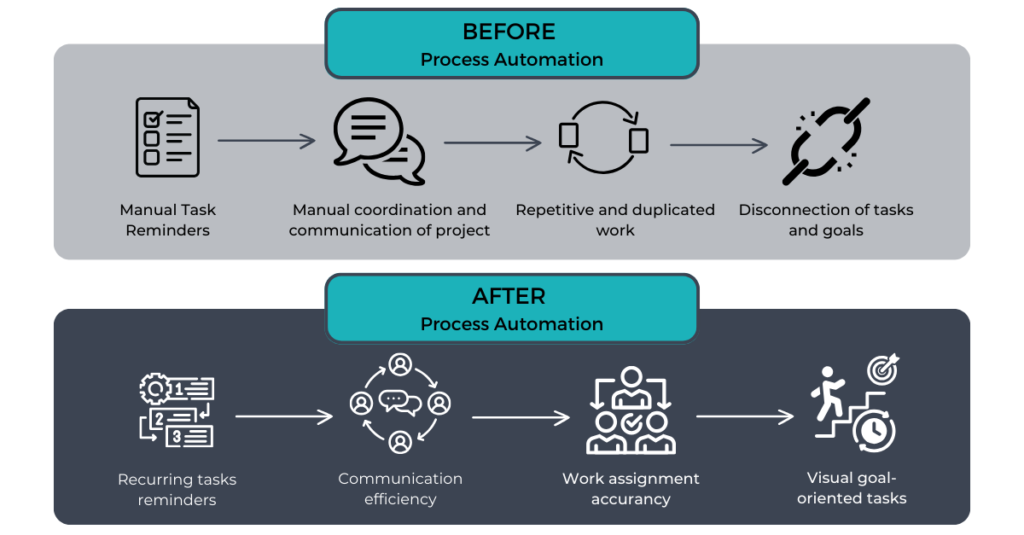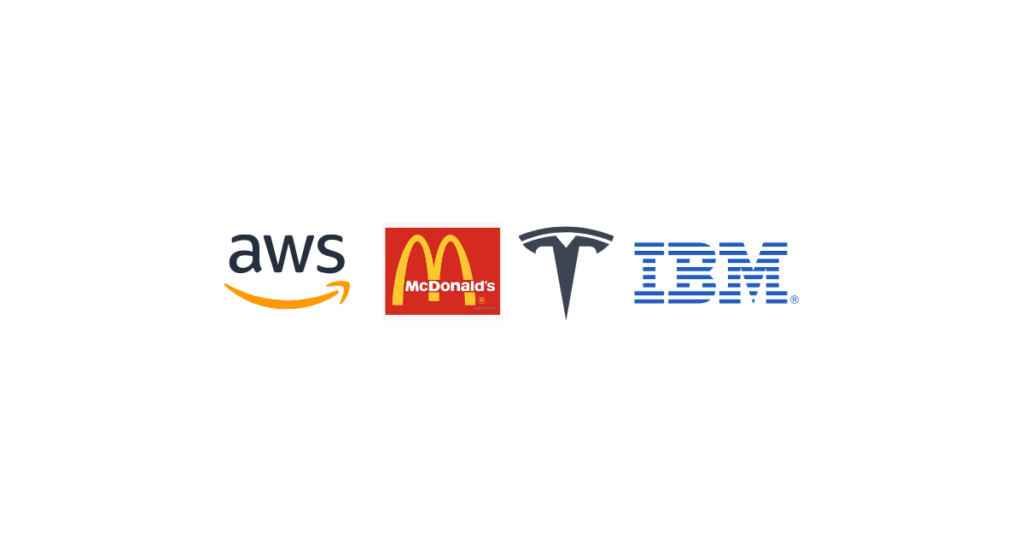Demystifying Business Process Automation: A Beginner’s Guide

Introduction
Welcome to the world of Business Process Automation (BPA)! If you’re new to this concept, don’t worry – we’re here to make it super easy to understand. Whether English is your first, second, or even third language, this guide will walk you through the basics of BPA, why it matters, and how to get started. So, let’s dive in and demystify the magic of automation in simple terms.
Table of Content
- Understanding Business Process Automation
- Key Terms Demystified
- Why Does Automation Matter?
- Companies Embracing BPA
- Taking the First Steps
- Wrapping Up
Understanding Business Process Automation
Business Process Automation (BPA) refers to the use of technology to automate repetitive tasks and processes within an organization. These tasks can range from data entry and document management to complex workflows that involve multiple departments. The goal of BPA is to enhance efficiency, reduce errors, and free up human resources for more strategic and creative tasks.
Key Terms Demystified
Before diving deeper, let’s clarify some key terms:
- Workflow: A sequence of tasks that need to be completed to achieve a specific outcome. BPA often focuses on automating workflows to eliminate manual intervention.
- Software Integration: Connecting different software applications to work together seamlessly, allowing data to flow between them without manual input.
- Robotic Process Automation (RPA): A form of BPA that uses software robots (bots) to mimic human interactions with computer systems. RPA is particularly useful for tasks that involve repetitive interactions with user interfaces.

Why Does Automation Matter?
Imagine a scenario where a company’s sales team spends hours manually inputting customer data into the system. With BPA, this process can be automated, reducing the chances of errors and freeing up the team to focus on building customer relationships and generating revenue. And yet another example. You work at a bakery, and you spend hours writing down orders and calculating prices. With BPA, your computer could do this for you! It means fewer mistakes and more time for you to decorate delicious cakes.
Here are a few reasons why automation matters:
- Efficiency: BPA reduces the time required to complete tasks, leading to quicker response times and increased productivity.
- Accuracy: Automation minimizes the risk of human errors, resulting in more reliable data and outcomes.
- Cost Savings: By automating tasks, companies can cut down on labor costs and allocate resources more efficiently.
- Scalability: As businesses grow, BPA allows processes to scale without the need for significant additional resources.
- Consistency: Automated processes follow predefined rules consistently, ensuring uniformity in outcomes.
Companies Embracing BPA
To put things into perspective, let’s explore some real-world examples of companies implementing BPA:
- Amazon: The e-commerce giant uses BPA to manage its vast inventory and optimize order fulfillment, from order placement to shipping.
- McDonald’s: The fast-food chain employs BPA to manage its supply chain, ensuring that ingredients are replenished automatically based on demand.
- Tesla: Tesla uses automation in its manufacturing processes to assemble and test electric vehicles efficiently.
- IBM: IBM utilizes BPA for employee onboarding, automating tasks like document submission, access provisioning, and training scheduling.

Taking the First Steps
If you’re considering implementing BPA in your business, here are some initial steps to guide you:
- Identify Processes: Pinpoint tasks and workflows that are repetitive and time-consuming, making them prime candidates for automation.
- Research Tools: Explore BPA tools and software available in the market. Look for solutions that match your business needs and are user-friendly.
- Start Small: Begin with simpler processes to get a feel for automation. As you gain confidence, gradually tackle more complex workflows.
- Involve Your Team: Collaborate with your team to ensure a smooth transition. Address any concerns they may have and provide training as needed.
- Measure and Optimize: Track the impact of automation on efficiency, accuracy, and cost savings. Continuously refine your automated processes for better results.
Note, if you need external help instead, you could always contact us to get you started.
Wrapping Up
Business Process Automation might sound complex, but it’s essentially about using technology to make your business smarter and more efficient. By automating repetitive tasks, you can free up valuable time and resources for tasks that truly drive growth and innovation. Just remember, BPA is a journey, and starting small can lead to big rewards.
As companies like Amazon, McDonald’s, Tesla, and IBM have shown, embracing automation can revolutionize the way you do business. So, take those first steps, explore the possibilities, and watch your business thrive in this age of automation!
